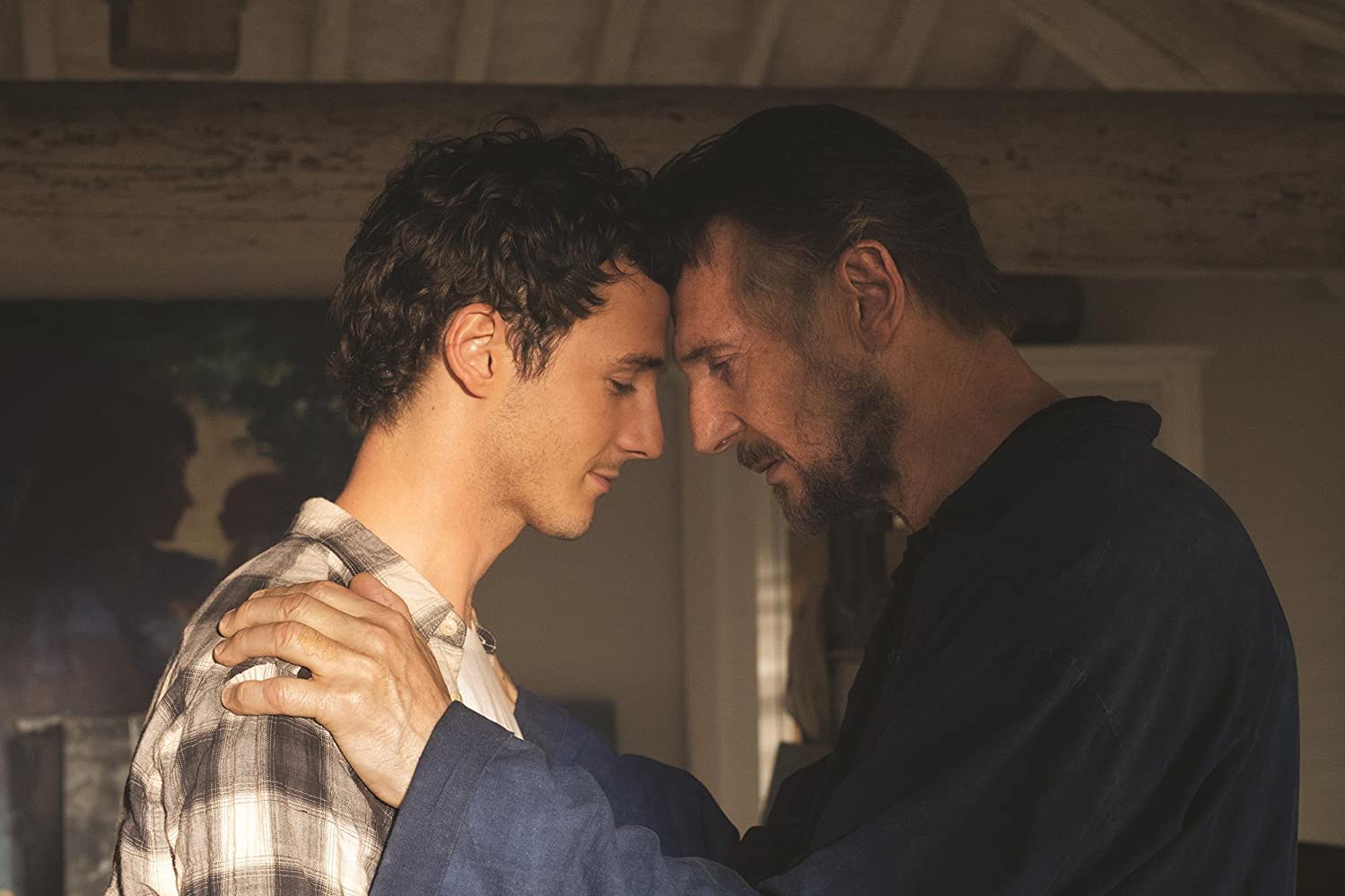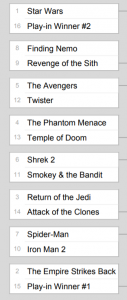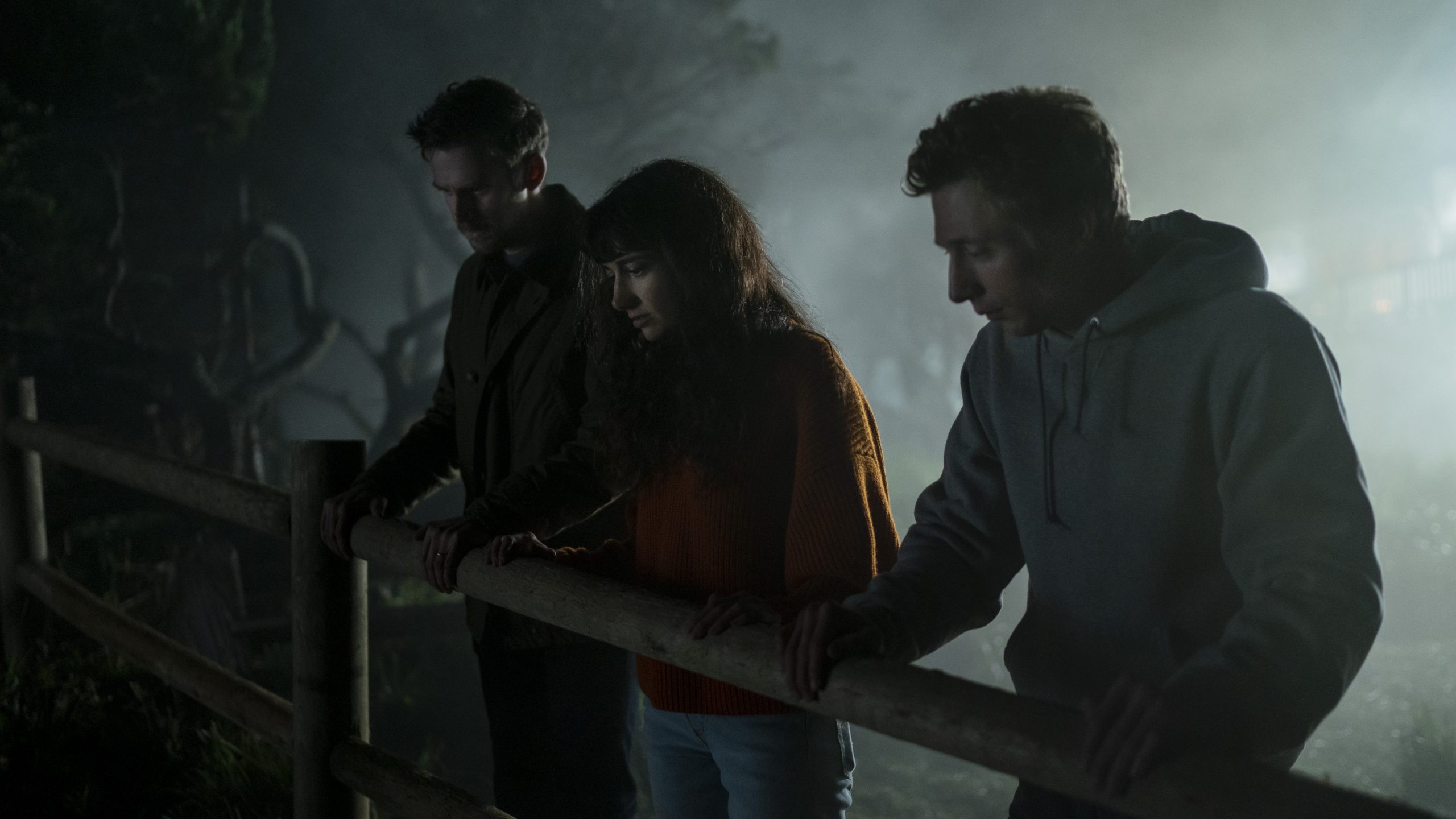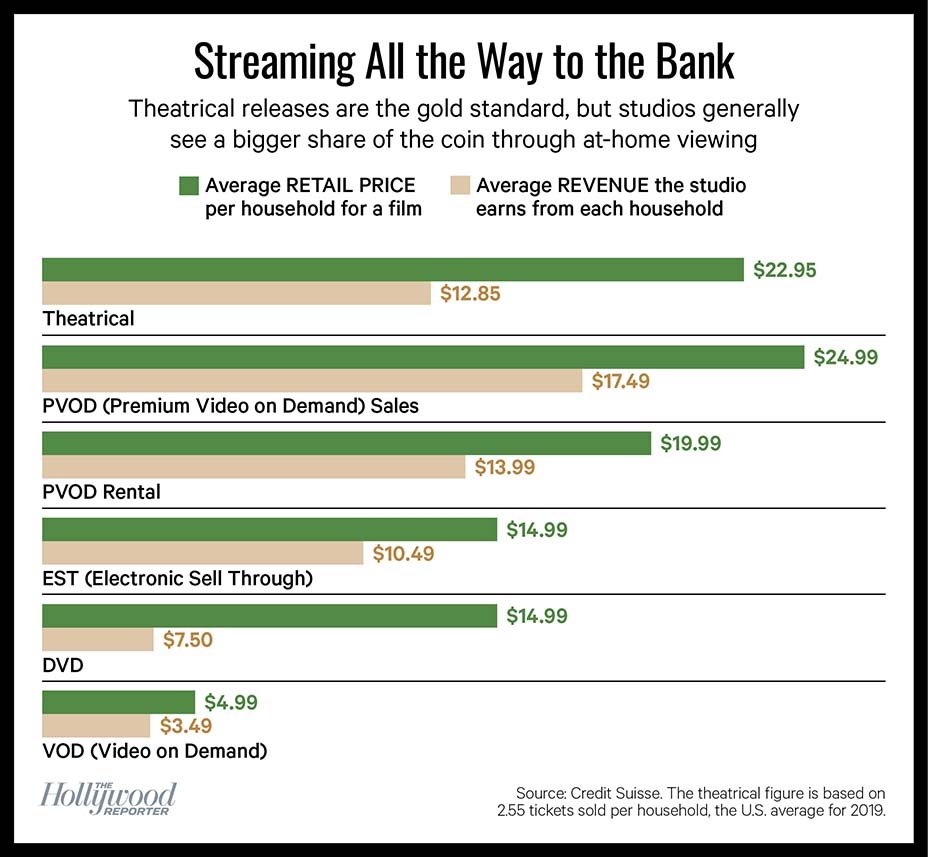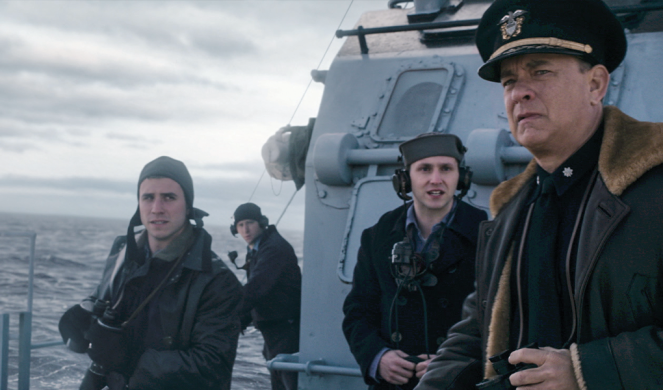LESSON #1: THE LANDSCAPE IS NOT READY FOR BLOCKBUSTERS— This first lesson isn’t about desire. With all of the #firstworldproblem wishes, we all miss big event movies. It’s the setting and the earning potential that are not ready. Not enough states and locations are safely open to distribute something wide. Socially-distanced theaters don’t have enough takers or enough seats to make money. Studios either foresee that (and keep delaying) or don’t (and get their harsh baths and haircuts). Look no further than Warner Bros. and Tenet. Watch it fall tremendously short of its budget and maybe cause more harm than good. Watch the PR department spin their own numbers to save face.
LESSON #2: THE DIGITAL OPTION CONTINUES TO IMPROVE AND GRAB PEOPLE— As it stands now, Mulan has made more money than Tenet. Nine months ago, would you have ever thought that was possible? I sure didn’t. Conservative estimates have the Disney re-imagining earning north of $250 million and counting while Tenet just passed $200 million and is struggling to gain repeat business. That echoes Lesson #1. The cherry on top for Mulan is its Velcro to grab and keep new customers. So far in September, Disney+ is experiencing a 68% bump in app downloads coupled with a 193% surge in spending on the app. That follows a previous 79% boost in July attached to Hamilton’s debut on the steaming platform. Something is becoming better than nothing and more is more. Could digital be the new savior until this pandemic lifts. At Disney, let’s see what happens with Black Widow and Soul delays. At WB, we see them sharpening their HBO Max ax.
LESSON #3: HIGH-LEVEL SOCIAL MEDIA HARDBALL HELPS NO ONE— Speaking of Warner Bros., I don’t even know where to begin with the Ray Fisher vs. Warner Bros. fight. With the bold claims being laid and the hills-to-die-on being molded in both directions, this has gone past the stages of “spat” or “disagreement.” The trouble is this is one lower-level actor against a media giant. The success rate is low and the ostracization rate is high, but Ray Fisher strikes me as the kind of guy with that kind of conviction. He’s going to go down swinging. Who do you believe in this feud?
LESSON #4: PEOPLE OF GOOD TASTE OFTEN COME FROM GOOD TASTE— If I were to poll you folks and ask who makes the best American family films right now, I bet the #1 Family Feud survey answer would be Pixar. They make the consistent best storytelling and lesson-rich content. If you’ve ever wondered what people of good taste like Pixar found their taste, check out a pair of excellent Letterboxd lists of age-based recommendations collected from a team of their directors. Their 7-12 list and their 12-and-up list feature some of the absolute best family-friendly films. Indisputable perfection right there.
 DON SHANAHAN is a Chicago-based and Rotten Tomatoes-approved film critic writing on his website Every Movie Has a Lesson. His movie review work is also published on 25YL (25 Years Later) and also on Medium.com for the MovieTime Guru publication. As an educator by day, Don writes his movie reviews with life lessons in mind, from the serious to the farcical. He is a proud director and one of the founders of the Chicago Independent Film Critics Circle and a member of the nationally-recognized Online Film Critics Society. As a contributor here on Feelin’ Film now for over two years, he’s going to expand those lessons to current movie news and trends while chipping in with guest spots and co-hosting duties, including the previous “Connecting with Classics” podcasts. Find “Every Movie Has a Lesson” on Facebook, Twitter, and Medium to follow his work. (#140)
DON SHANAHAN is a Chicago-based and Rotten Tomatoes-approved film critic writing on his website Every Movie Has a Lesson. His movie review work is also published on 25YL (25 Years Later) and also on Medium.com for the MovieTime Guru publication. As an educator by day, Don writes his movie reviews with life lessons in mind, from the serious to the farcical. He is a proud director and one of the founders of the Chicago Independent Film Critics Circle and a member of the nationally-recognized Online Film Critics Society. As a contributor here on Feelin’ Film now for over two years, he’s going to expand those lessons to current movie news and trends while chipping in with guest spots and co-hosting duties, including the previous “Connecting with Classics” podcasts. Find “Every Movie Has a Lesson” on Facebook, Twitter, and Medium to follow his work. (#140)


